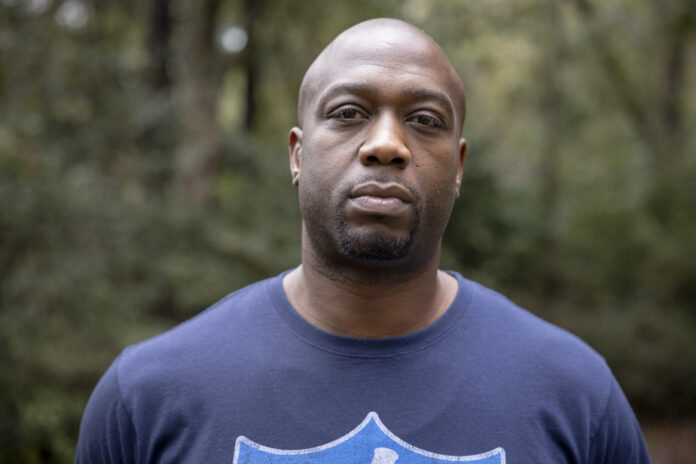Boo Williams wakes up every morning not knowing how the pain will manifest throughout the day. He might be afflicted by devastating headaches that prevent him from getting out of bed. Or even feel a sharp pain in the neck. And on top of all that, he’s frustrated.
Williams, who played tight end for the New Orleans Saints from 2001 to 2005, requires surgery, medication and consultation with specialists. But he does not have the means to cover all these expenses.
The 44-year-old, who lives in Picayune, Mississippi, was recently awarded US$5,000 per month in compensation from the NFL’s disability insurance program. Williams, however, believes that the program and the league erred in the handling of his case, and that they should instead pay him $500,000 or more for 14 years.
“I need all the help I can get because sometimes I feel like everything has to stop,” he told the Associated Press. Sometimes I am unable to fall asleep. It’s hard, when you have to fight to get what’s owed, and the frustration level continues to rise. »
His story is similar to those of dozens of other retired players, who are sometimes forced to spend entire days visiting lawyers’ web pages, filling out digital documents and arguing with office workers to win their cases. against the NFL and the NFL Players’ Neurocognitive Disorder and Disability Insurance Program.
Over the past 30 years, the league has pumped millions of dollars into helping retired players who suffered injuries while playing football or that occurred after their athletic careers ended. The program, which was included in the collective bargaining agreement ratified by the NFL and the Players Association, plans to pay more than $330 million in aid in 2023, according to league spokesperson Brian McCarthy.
But the plaintiffs’ lawyers point out that more and more cases are being refused, and argue that the system is corrupt since it requires players to be examined by doctors who are paid by the NFL program.
Earlier this year, 10 players, including former star running back Willis McGahee, filed a lawsuit after accusing the program of unfairly denying the records of numerous retired players.
“After years of sacrificing their bodies under the belief that the NFL would help them, retired players find themselves facing an unfair and biased system to get the help they deserve,” said Sam Katz, an attorney representing the players in the suit.
Williams’ fight against the system began in 2009, when he first tried to get help under the league’s disability policy for active and recently retired players who suffered injuries. injuries resulting from playing football.
Everything led him to believe that he would be entitled to monthly payments of around $2,400, after an orthopedic doctor assigned to his file through the program had examined him. Dr. George Canizares determined that Williams was a 27 percent “disabled person” – the diagnosis was made following an assessment of his injuries using a grid developed by the American Medical Association. At the time, the rules stated that if a player was 25% or more disabled, then he was entitled to compensation.
However, three weeks after Canizares submitted his report, he sent an addendum downgrading one of Williams’ injuries, that of his left shoulder, at the “suggestion” of the director of Williams’ disability program. the NFL, Dr. Stephen Haas.
As a result, the number “27” in the box assessing his level of disability was crossed out, and instead the number “24” – which was also circled – was added by hand.
It took 14 years of hard fighting by Williams to obtain compensation.
“That’s what caused my depression,” Williams admitted. I wasn’t getting any help. I didn’t understand how a guy in his office could tell a doctor who examined me to change a number like that. »
Neither Canizares nor Haas responded to messages from the AP seeking comment for this matter.
For his part, McCarthy said the NFL and the players’ union “have jointly developed and administered a program led by independent medical personnel who are responsible for helping affected players and their loved ones. »
Williams ultimately received about $45,000, after winning his case. This amount allowed him to rent a house, but he still does not have a car to get around and still cannot afford medical treatment for his neck injury.















